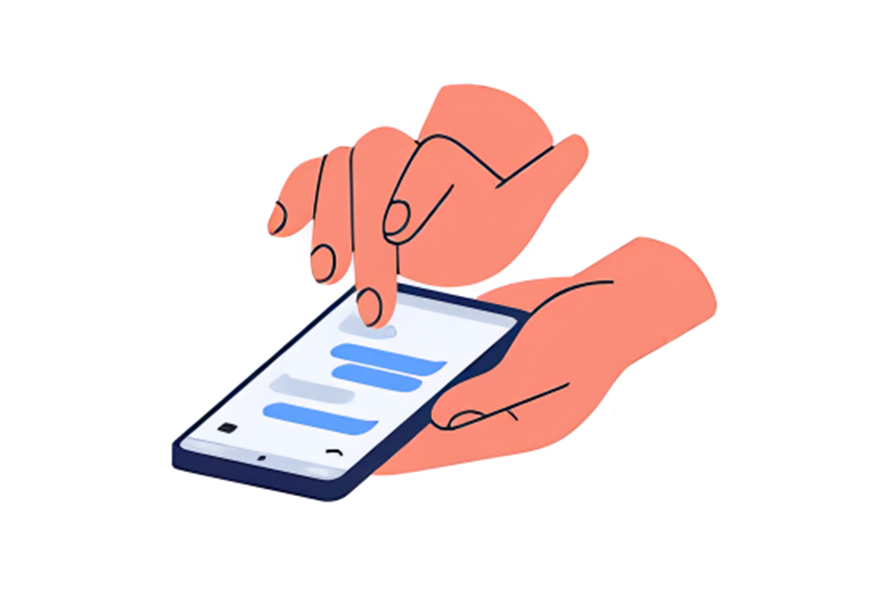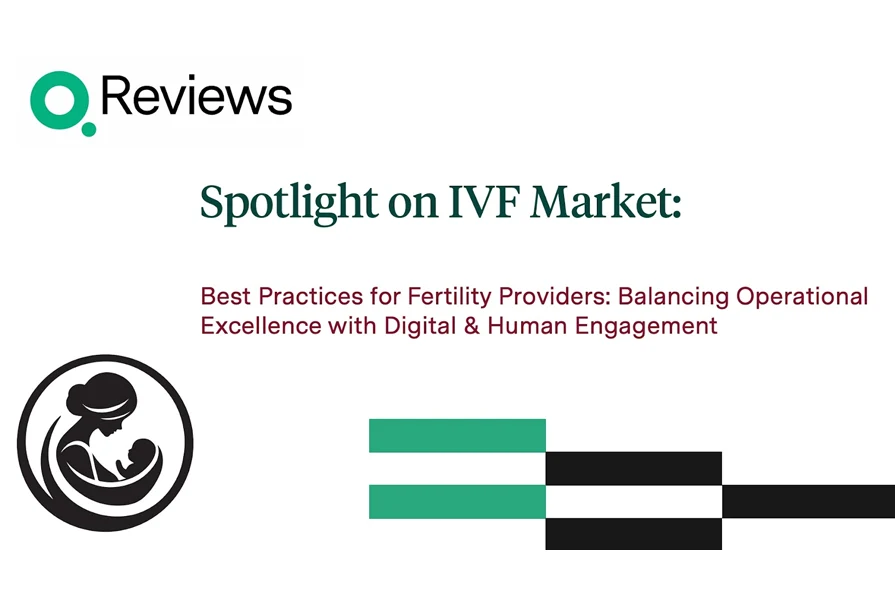
Navigating the Promise and Peril: What President Trump’s AI Action Plan Means for Healthcare’s Next Chapter

By Ajay Singh, Chief Strategy Officer, Quality Review Inc.
The July 2025 release of “Winning the Race: America’s AI Action Plan” by the Trump Administration marks a watershed moment in federal AI policy. Though framed as a broader industrial competitiveness initiative, the plan’s implications for healthcare are profound. With more than 90 policy actions aimed at accelerating artificial intelligence (AI) innovation, the federal government is signaling a sharp pivot from cautious governance toward deregulated deployment, including within one of the nation’s most complex and high-stakes sectors: health care.
For hospitals, health systems, and payers—many of whom remain in nascent stages of AI adoption—the Action Plan presents both an opportunity and a challenge: how to responsibly accelerate AI integration into care delivery, operations, and population health while preserving trust, equity, and the irreplaceable value of the human touch.
Key Findings from the AI Action Plan: What Healthcare Leaders Need to Know
- Healthcare Identified as a Lagging Sector
The Action Plan openly characterizes healthcare as a “slow adopter,” citing regulatory friction, liability concerns, and privacy challenges as barriers to progress. In response, the Administration encourages regulatory experimentation, particularly through the creation of regulatory sandboxes and the reduction of perceived “ideological bias” in AI evaluation. - Call for Standards and Workforce Training
Recognizing healthcare’s complexity, the plan outlines investments in domain-specific AI benchmarks, ethical evaluation models, and a national AI workforce strategy, including tax-advantaged training programs for clinicians and administrators. These align with ongoing calls from health associations and academic centers to scale AI literacy across roles. - Emphasis on Deregulation and Infrastructure
Through the dismantling of previous guidance from the National Institute of Standards and Technology (NIST) and rollback of Biden-era AI guardrails, the plan prioritizes infrastructure funding over precautionary regulation. The implications for HIPAA, informed consent, and clinical liability remain unclear—an area requiring close scrutiny. - Health-Specific Provisions Are Indirect but Impactful
While not healthcare-centric, the plan’s push for open datasets, cloud infrastructure, and model explainability will inevitably shape the ecosystem in which clinical AI tools operate, particularly as interoperability and real-world evidence generation become central to value-based care.
Where AI Can Create Tangible Impact in Healthcare
The potential of AI in healthcare is not theoretical—it is practical, measurable, and increasingly essential in the face of workforce shortages, rising complexity, and consumer expectations.
Based on current use cases, AI can drive transformation across four critical domains:
- Clinical Decision Support: AI can support faster, more accurate diagnosis, risk stratification, and treatment personalization. Tools that augment clinician judgment—rather than replace it—will find faster paths to adoption.
- Operational Efficiency: Automation of administrative workflows (scheduling, billing, prior authorization) can unlock capacity and reduce burnout. AI-driven predictive staffing models are especially promising in addressing persistent workforce gaps.
- Public and Population Health: From AI-powered outreach campaigns to risk analytics in chronic disease management, AI offers the scalability to tailor interventions at the individual and community level.
- Health Equity and Access: With safeguards in place, AI can be a force multiplier for equity—identifying care gaps, reducing diagnostic errors, and enabling language-inclusive or culturally adaptive interfaces.
Balancing Acceleration with Accountability: Preserving the Human Touch
The speed of federal encouragement must not outpace the ethical and clinical frameworks that protect patient safety and trust. To navigate this tension, health systems must:
- Design for Augmentation, Not Replacement: Clinicians must remain central to diagnostic and therapeutic decision-making. AI outputs should inform—not override—human judgment.
- Ensure Transparency and Explainability: Both patients and providers must understand how AI models function, where they apply, and how errors are mitigated.
- Mitigate Bias and Protect Privacy: As the Action Plan deprioritizes prescriptive ethical oversight, it becomes incumbent upon healthcare institutions to independently audit models, protect sensitive data, and enforce fair use standards.
- Engage Patients and Communities: Communication strategies must evolve to include explanations of AI in care, especially in historically marginalized communities with valid concerns around surveillance and discrimination.
Best Practice Recommendations for Hospitals and Payers
To align with the AI Action Plan without compromising care quality or safety, healthcare organizations should consider the following strategic actions:
- Stand Up an AI Governance Council
Cross-functional committees—spanning clinical, operational, IT, and legal expertise—should oversee AI tool selection, validation, and deployment. - Develop Clinical Integration Frameworks
AI tools must fit into existing clinical workflows, supported by user-friendly interfaces, clear escalation protocols, and feedback loops to adapt performance. - Prioritize Workforce Development
Offer training on AI fundamentals, ethical implications, and use-case evaluation. Build clinical informatics capacity to serve as AI intermediaries. - Pilot in Regulatory Sandboxes
Take advantage of forthcoming federal “safe zones” to test AI tools under controlled conditions and with real-world feedback. - Strengthen Data Infrastructure
Prepare for AI readiness by investing in clean, structured, interoperable data pipelines. Partner with vendors that adhere to emerging national standards.
Immediate Next Steps: A 90-Day Roadmap
| Action Area | Immediate Step |
| Governance | Launch or refresh internal AI oversight committee |
| Infrastructure | Assess gaps in data governance, EHR integration, and cloud readiness |
| Workforce | Begin clinician and admin training on AI basics and use cases |
| Strategic Planning | Identify two high-ROI AI pilot areas (e.g., readmission prediction, staffing models) |
| Patient Engagement | Develop communication plans to explain AI use in care journeys |
Conclusion: Healthcare at the Crossroads of Innovation and Integrity
President Trump’s AI Action Plan represents a historic shift in federal posture—from regulation to acceleration. For healthcare, this may bring long-awaited momentum, but also uncharted risk. If hospitals and payers are to reap the benefits of AI while preserving clinical rigor, health equity, and public trust, they must act decisively—and responsibly.
The Action Plan may be a federal roadmap. But the ethical implementation of AI in healthcare? That’s still a local journey.
This article reflects the author’s views and not necessarily those of any affiliated institution. For further engagement or to collaborate on responsible AI strategy, contact [email protected]








